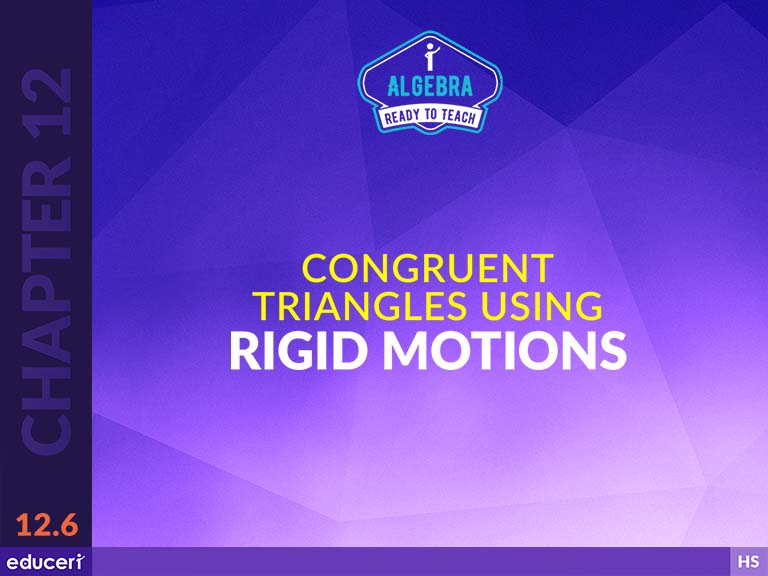Standard Alignments:
(B) Determine the image or pre-image of a given two-dimensional figure under a composition of rigid transformations, a composition of non-rigid transformations, and a composition of both, including dilations where the center can be any point in the plane
G.6.C(C) Apply the definition of congruence, in terms of rigid transformations, to identify congruent figures and their corresponding sides and angles
8.G.2 Understand that a two-dimensional figure is congruent to another if the second can be obtained from the first by a sequence of rotations, reflections, and translations; given two congruent figures, describe a sequence that exhibits the congruence between them.
HSG.CO.6HSG.CO.6 Use geometric descriptions of rigid motions to transform figures and to predict the effect of a given rigid motion on a given figure; given two figures, use the definition of congruence in terms of rigid motions to decide if they are congruent.
